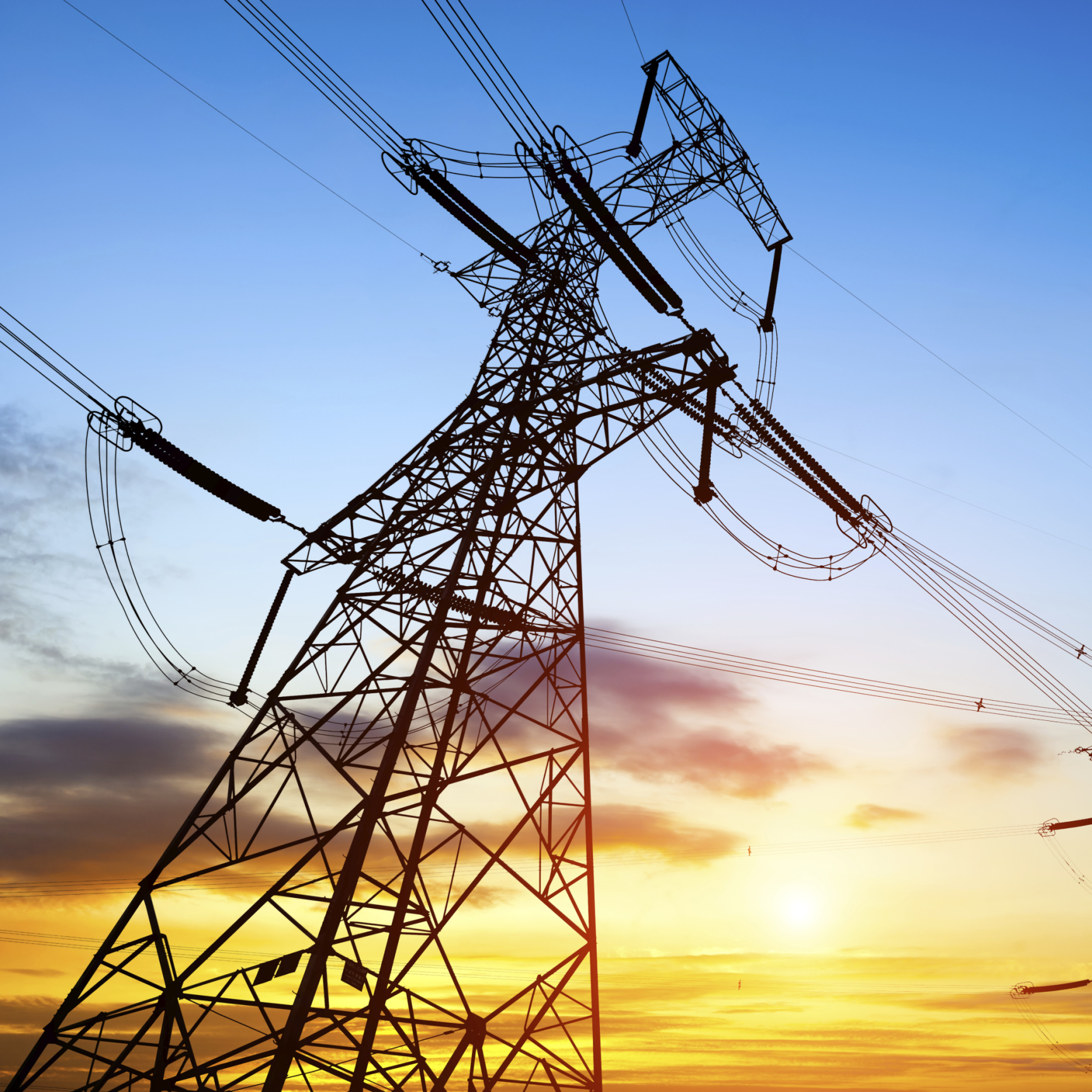Energy
Demand for Electricity to Be Driven by Demand for Air Conditioning

Published:
Last Updated:

Between now and 2050, global demand for air conditioners in buildings will rise from 1.6 billion to 5.6 billion. That means that 10 new AC units will be sold every second for the next 30 years.
The data were reported earlier this week by the International Energy Agency (IEA) in a study titled “The Future of Cooling.”
Demand for AC already accounts for about 20% of all electricity used in buildings around the world and about 10% of global electricity consumption. AC use is expected to be the second-largest source of global electricity demand growth after the industry sector, and the strongest driver for buildings by 2050.
Fewer than a third of all global households own an air conditioner today. More than 90% of households in the United States and Japan have AC compared to just 8% of the 2.8 billion people living in the hottest parts of the world.
IEA Executive Director Fatih Birol commented:
Growing electricity demand for air conditioning is one of the most critical blind spots in today’s energy debate. With rising incomes, air conditioner ownership will skyrocket, especially in the emerging world. While this will bring extra comfort and improve daily lives, it is essential that efficiency performance for ACs be prioritized. … Setting higher efficiency standards for cooling is one of the easiest steps governments can take to reduce the need for new power plants, and allow them at the same time to cut emissions and reduce costs.
According to the IEA report, effective policies can double average AC efficiency and reduce demand for cooling energy by 45% which in turn reduces the need for new power plants to meet peak power demand. More efficient ACs also cut in half carbon dioxide emissions from space cooling and that reduction can be improved by using cleaner power sources (wind and solar, for example, rather than coal and natural gas).
The average American spends $17,274 on debit cards a year, and it’s a HUGE mistake. First, debit cards don’t have the same fraud protections as credit cards. Once your money is gone, it’s gone. But more importantly you can actually get something back from this spending every time you swipe.
Issuers are handing out wild bonuses right now. With some you can earn up to 5% back on every purchase. That’s like getting a 5% discount on everything you buy!
Our top pick is kind of hard to imagine. Not only does it pay up to 5% back, it also includes a $200 cash back reward in the first six months, a 0% intro APR, and…. $0 annual fee. It’s quite literally free money for any one that uses a card regularly. Click here to learn more!
Flywheel Publishing has partnered with CardRatings to provide coverage of credit card products. Flywheel Publishing and CardRatings may receive a commission from card issuers.
Thank you for reading! Have some feedback for us?
Contact the 24/7 Wall St. editorial team.